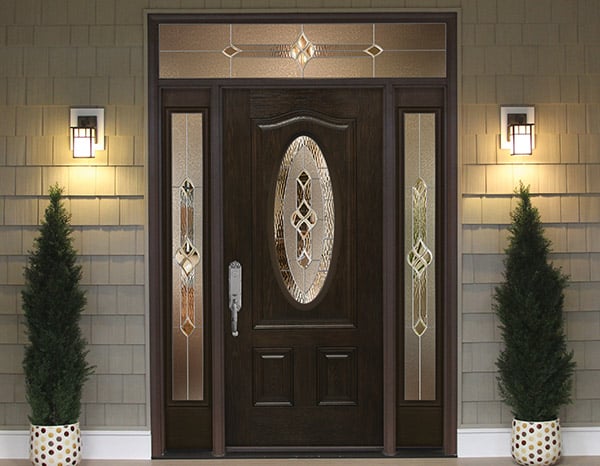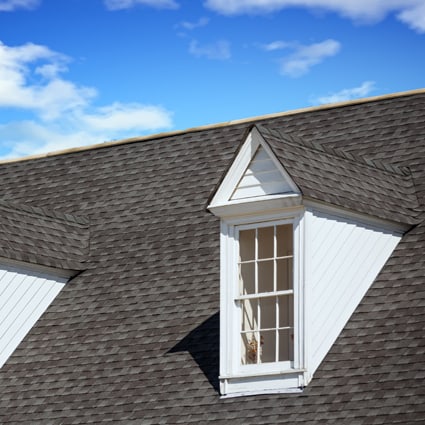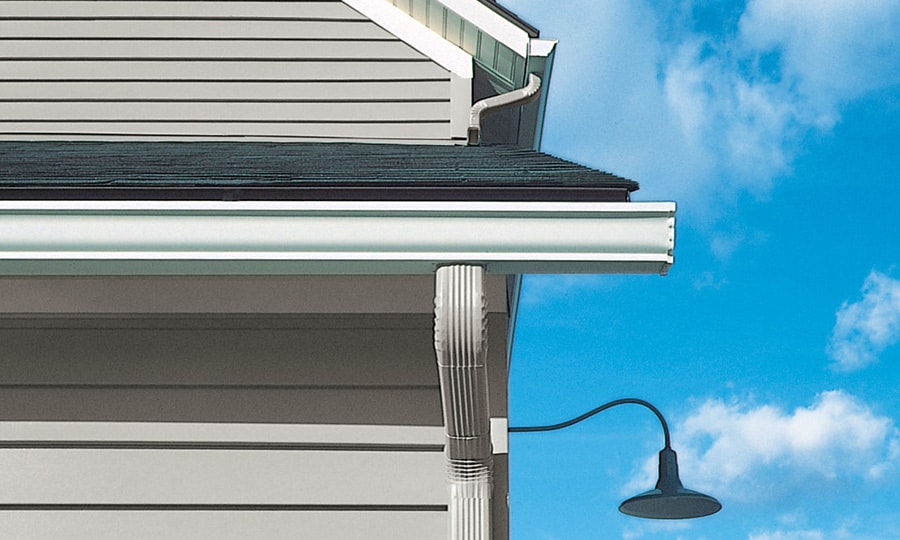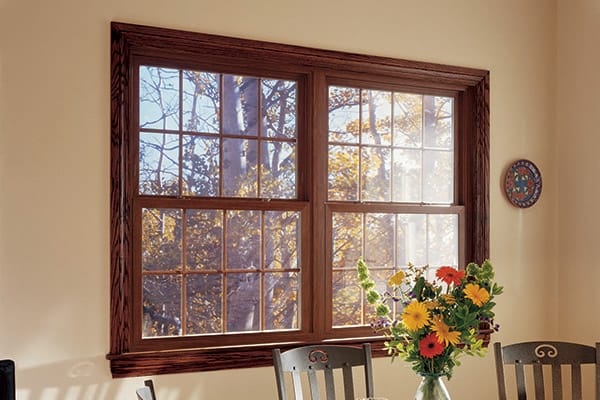Where Mold Can Grow and Why?
Mold has been on this earth for as long as time can tell, and it’s not leaving anytime soon. Anywhere there’s water present, is where mold can grow.
But, it’s not just knowing where mold can grow. You need to know why it’s there so you can prevent it from happening again.
People get the notion that mold is a homeowner’s worst nightmare. However, it’s more common than you may think.
It doesn’t take much for mold to grow, which is why it’s very important to spot mold as early as possible, and get rid of it. If it’s not taken care of, mold can lead to health problems, like lung diseases.
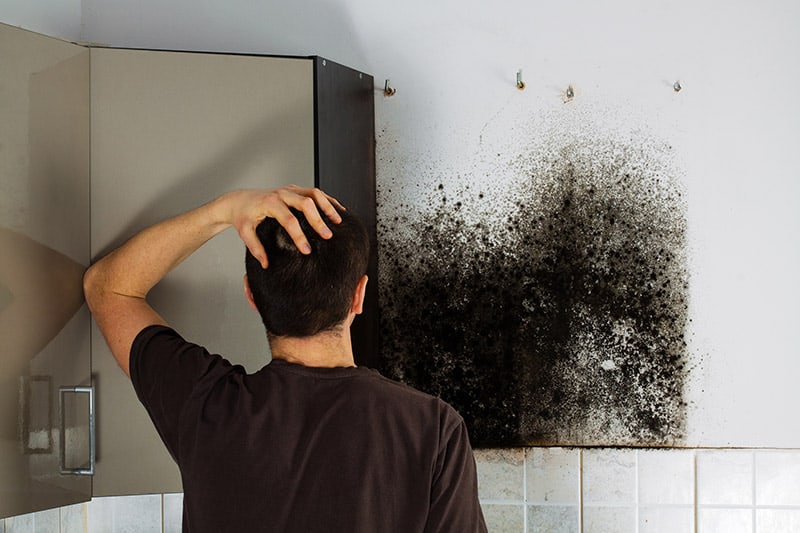
Why Do I Have Mold In My Home?
Before mold can enter your home, it needs some guidelines to follow. Conditions that trigger mold are:
- Mold Spores
- Food (drywall, wood, cotton)
- Darkness
- Warmth
- Oxygen
- Time
- Most importantly, moisture
As you can tell, these are not rare conditions by any means. The true deciding factor for mold being present in your home is if there’s a moisture problem.
Your moisture problem can derive from a multitude of factors including some of the ones below.
Humidity
Humid weather already puts a damper on your mood, pun intended. To add to that, humidity is an excellent driver for mold.
When it rains for a few days, your home’s humidity levels increase, and mold can begin to grow easily if you don’t pay attention. Make sure you keep your house well-ventilated when the weather reaches high humidity levels.
Another way humidity can form in your household is when you dry clothes inside on hangers or a clothes line. Again, ventilation is key to avoid mold build-up.
Also, if you have humidifiers in your home, be sure to monitor them and keep the humidity level as low as possible.
Water
In a perfect world, your home has no water. In the real world, leaks are going to occur. Pipes, roofs, windows, etc. can give out over time, causing water to reach unwanted areas.
Oftentimes, leaks become noticeable when it’s too late, and mold has already begun forming. Water pipe leaks are tricky to detect because they’re usually hidden. Be on the lookout for water stains on the walls and ceilings, water buildup by the sink or in the laundry room.
Roofs can spring leaks at any moment. The weather, animals, and normal wear and tear can cause your roof to leak. Check the attic regularly for leaks, and keep an eye out for water damage on the ceiling.
Windows and doors can let in unwanted moisture as well. If either your windows or doors begin letting moisture in the house, it’s in your best interest to consider replacing them.

Flooding
If you’ve experienced a flood in your home, mold can appear in the blink of an eye if it’s not attended to properly.
Hiring a professional to take care of the flood water in your home is the smartest, and safest, route to pursue.
There are many steps to completely repairing your home after a flood, and it’s imperative to follow each one with care.
Basement Conditions
Your basement is the root of your home. Unfortunately, it’s a very attractive place for mold to grow. Basements have more moisture in them because they’re usually not as ventilated as the rest of your home.
They’re also the last stop for any water that may be leaking in your home to go. Make sure to frequently check the status of your basement in order to prevent any unnecessary mold build-up.
How To Prevent Mold In Your Home
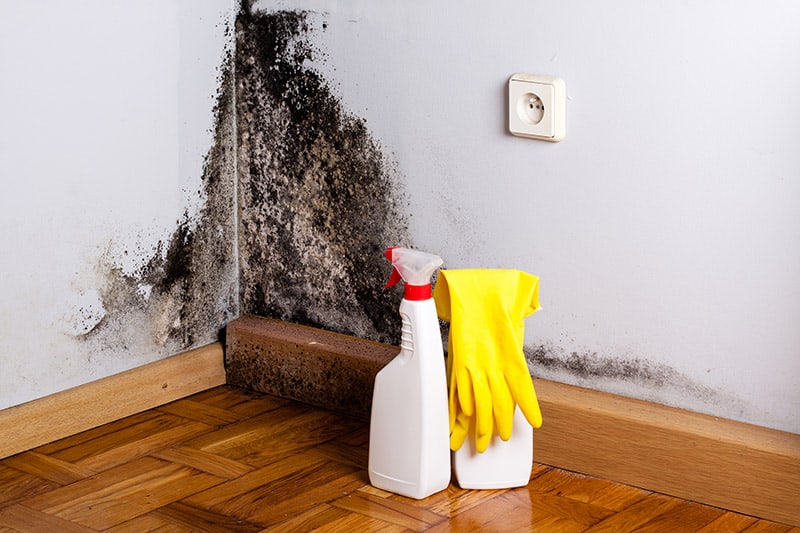
Although mold can form pretty easily in your home, preventing it isn’t a daunting task.
Below are some helpful tips to prevent mold build-up in your house:
- Keep humidity levels as low as possible. Keep in mind that some molds need just 55% humidity to grow. Dehumidifiers can help control the levels so that mold stays out of your home.
- Ventilation, ventilation, ventilation. Exhaust fans in the bathroom and kitchen are excellent sources of ventilation. Open the house up as much as possible to help keep fresh air circulating.
- Use the sunlight. Mold loves dark places. Keep as much of your home well-lit to help fight against it.
- Fix any leaks you may have in a timely manner. Mold can appear within 48 hours, so be sure to make repairs where necessary.
- Clean around the house with mold-killing products.
- Don’t leave wet clothes or towels lying around for too long.
- Control the temperature of your home. Mold thrives in warmer temperatures, so running the air conditioner during the summer does more than just keep you comfortable.
You spend a ton of time in your home. Knowing where mold can grow and how to prevent it benefits everyone that walks in the door. Keeping your home well-ventilated, fixing leaks, replacing doors or windows, recovering from flooding, and just knowing how mold spreads can let you live a comfortable and healthy lifestyle.

